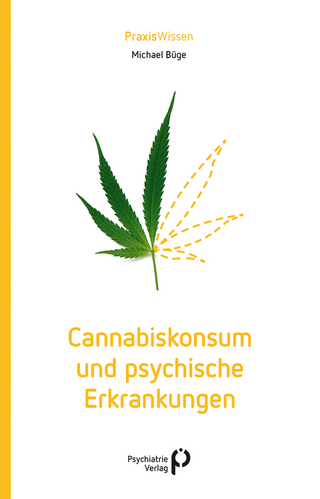
Single-Session Integrated CBT
Routledge (Verlag)
978-1-032-10277-1 (ISBN)
This thoroughly updated new edition offers brand new chapters on single-session thinking. The book questions the common practice of predicating therapist training on the notion that therapy is an ongoing process. Based on his extensive work demonstrating the benefits of single-session CBT to public and professional audiences, Dryden has developed a single-session approach for work in the therapy and coaching fields. Comprising 30 key points, and divided into two parts – Theory and Practice – it concisely covers the key features of SSI-CBT.
This book offers essential guidance for students and practitioners experienced in CBT, as well as practitioners from other theoretical orientations who require an accessible guide to the distinctive theoretical and practical features of this exciting new approach.
Windy Dryden, PhD, is Emeritus Professor of Psychotherapeutic Studies at Goldsmiths, University of London. He is an international authority on Rational Emotive Behaviour Therapy and is in part-time clinical and consultative practice. He has worked in psychotherapy for more than 45 years and is the author and editor of over 250 books.
Introduction; THEORY; 1.Single Session Integrated CBT (SSI-CBT): What it is and some basic assumptions; 2. The single-session mindset in SSI-CBT; 3. Working alliance theory: A generic framework for SSI-CBT; 4. People largely create and maintain their problems by a range of cognitive-behavioural factors; 5. As far as possible, clients should be helped to deal healthily with the adversity involved in their problem, whether real or inferred; 6. Human beings have the capability to help themselves quickly under specific circumstances; 7. It is important to privilege clients' viewpoints in SSI-CBT; 8. Dealing with the suitability issue; 9. A focus on problems, goals and solutions is important in SSI-CBT; 10. Carry out a full assessment of the client's nominated problem drawing on case formulation principles; 11. In SSI-CBT, it is possible to help clients identify and deal with a central mechanism responsible for the existence of their problems; 12. The client's subsequent responses to their first reaction are often more important than the first reaction itself; 13. It is important to draw upon a range of client variables in SSI-CBT; 14. Helpful client characteristics for SSI-CBT; 15. Helpful therapist characteristics for SSI-CBT; PRACTICE; 16. Good practice in SSI-CBT; 17. An overview of the SSI-CBT process; 18. The first contact; 19. Pre-session preparation; 20. The session. 1: Beginning well; 21. The session. 2: Creating a focus; 22. The session. 3: Understanding the nominated problem; 23. The session. 4: Setting a goal; 24. The session. 5: Identifying the central mechanism; 25. The session. 6: Dealing with the central mechanism and finding a solution; 26. The session. 7: Making an impact; 27. The session. 8: Encouraging the client to apply learning inside and outside the session; 28. The session. 9: Ending well; 29. After the session: Reflection, the recording and the transcript; 30. Follow-up and evaluation
| Erscheinungsdatum | 19.01.2022 |
|---|---|
| Reihe/Serie | CBT Distinctive Features |
| Zusatzinfo | 9 Tables, black and white; 2 Line drawings, black and white; 2 Illustrations, black and white |
| Verlagsort | London |
| Sprache | englisch |
| Maße | 123 x 186 mm |
| Gewicht | 320 g |
| Themenwelt | Medizin / Pharmazie ► Medizinische Fachgebiete ► Psychiatrie / Psychotherapie |
| ISBN-10 | 1-032-10277-2 / 1032102772 |
| ISBN-13 | 978-1-032-10277-1 / 9781032102771 |
| Zustand | Neuware |
| Haben Sie eine Frage zum Produkt? |
aus dem Bereich


